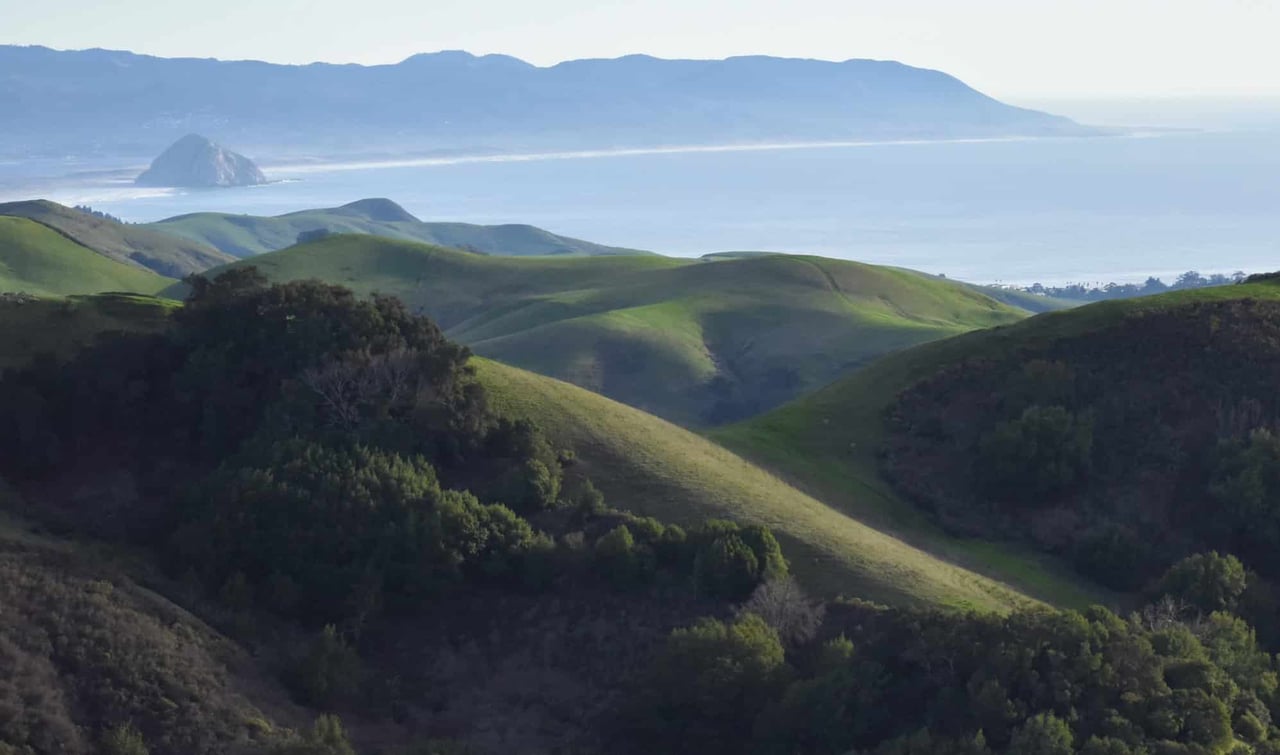SAN LUIS OBISPO, Calif. (CN) — During a 1981 protest described by Rolling Stone as “the boldest demonstration yet against a nuclear future," singer-songwriter Jackson Browne peacefully crossed a blue line, held out his wrists, and waited for Sheriff Deputy Gary Hoving to take him into custody.
Law enforcement had prepared for potential violence, bringing helicopters, boats and trucks. But the protestors had trained to passively resist, and those protests in September ‘81 turned out to be festive.
"There was music, and there were balloons," Hoving told me in an interview in 2013. As for Browne, the long-haired rock singer gave him no trouble.
"When it came to the arrest, there was no resistance,” Hoving said. “He was just a pleasant young man."
Fearing the potential for nuclear disaster, Browne was one of more than 2,000 protestors arrested in the seaside community of Avila Beach during the multi-day protest. But civil disobedience wouldn’t stop the the plant from opening — and over time, it would become vital to the local economy as San Luis Obispo County's largest private employer and a major source of tax revenue.
“It’s been an anchor institution for decades now,” said Joshua Boswell, vice president of policy and economic development for REACH, which promotes business and economic policy on California’s Central Coast. The protests against Diablo Canyon may have been “the assault that failed,” as Newsweek put it at the time — but in the end, the plant turned out to be a boon for many local residents.

Fast-forward to the present day, and concerns about Diablo Canyon are back in the forefront.
Now, though, some worry about closing the facility, the last working nuclear power plant in California.
Energy company PG&E, which runs the plant, had planned to retire Diablo Canyon by 2025. While that decision pleased ardent anti-nuke activists, state politicians are now asking PG&E to extend the plant's life a little longer so it can buy time for more palatable clean energy.
As the effects of climate change have become more apparent, the drawbacks of carbon-heavy forms of power like gas have also become more obvious, and nuclear energy has gained new support. For some, that’s cast fresh doubts on the wisdom of shuttering Diablo Canyon for good.
Diablo Canyon’s unlikely comeback comes as California looks for ways to keep the lights on while still meeting climate-change targets. Just a few miles up the coast, in Morro Bay, three companies recently won bids to create an ambitious wind energy project in San Luis Obispo County that could produce more power than Diablo — all without the threat of nuclear catastrophe.
While that project aligns with California’s lofty goal of 100% clean energy by 2045, it will take time to build. Because nuclear energy produces zero carbon emissions, Diablo Canyon is increasingly viewed as a good temporary option.
Last year, Gov. Gavin Newsom signed SB 846, calling for the extension of Diablo Canyon for five more years, until 2030.
“That timing is not accidental,” State Sen. John Laird, a Democrat whose district includes San Luis Obispo County, said in an email interview. “it was intended to bridge the gap between Diablo operations — which produces about 8.5% of the state’s energy — and the implementation of offshore wind.”
There are two offshore wind projects slated for California, the other being in Humboldt County. Morro Bay is likely to be first since the area already has infrastructure in place, both from Diablo Canyon and from a decommissioned Duke Energy natural-gas and oil power plant that shut down in 2014. The latter’s trio of 450-foot smokestacks have become as recognizable to the landscape as nearby Morro Rock.












